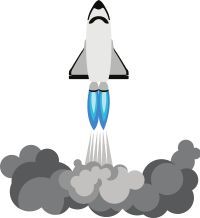Key Takeaways
Table of Contents
Exploring the Roots of EDM: From Disco to Dance Revolution
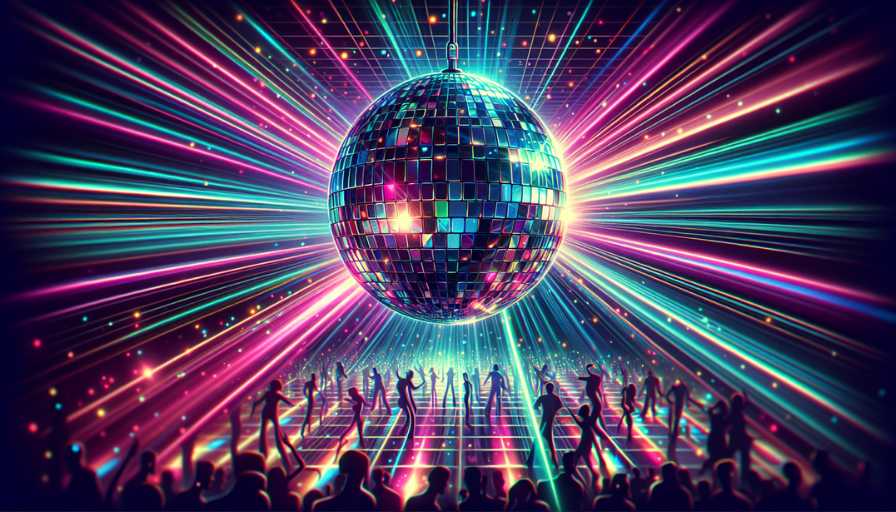
The Art of EDM Production: Key Elements and Techniques
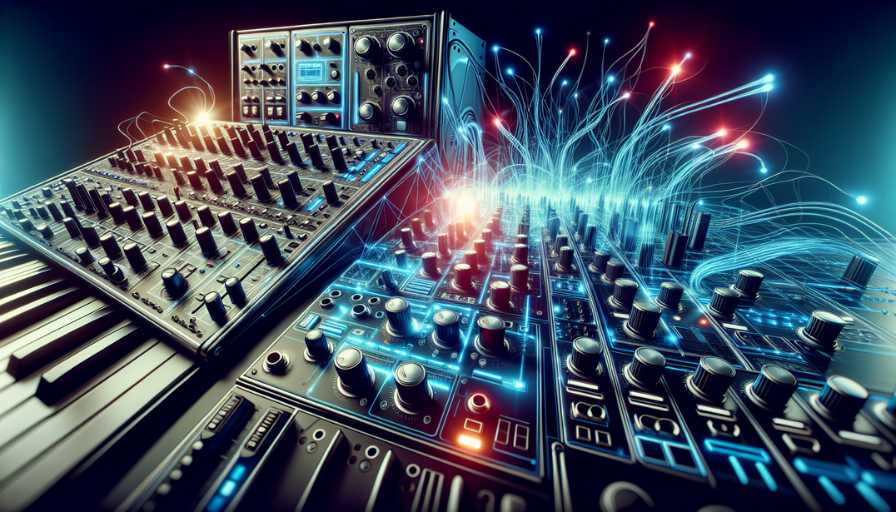
Synthesizers and Drum Machines
MIDI Controllers and Software
Decoding Popular EDM Genres: Characteristics and Examples
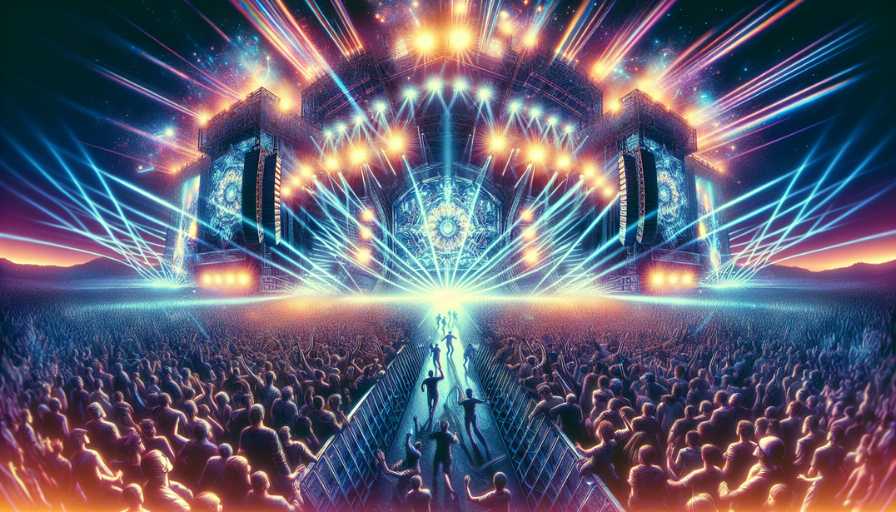
House Music
Techno Music
Trance Music
The EDM Scene: Iconic Festivals and Events
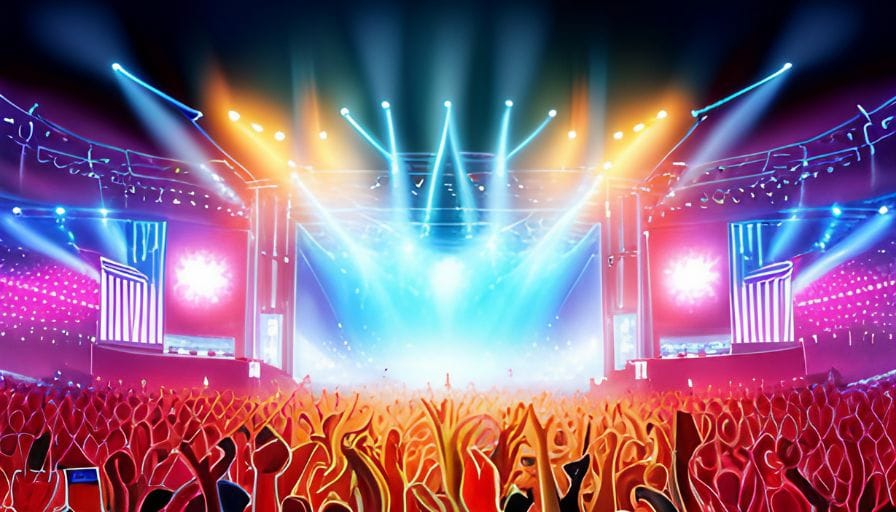
Ultra Music Festival
Electric Daisy Carnival
EDM's Influence on Mainstream Pop Music
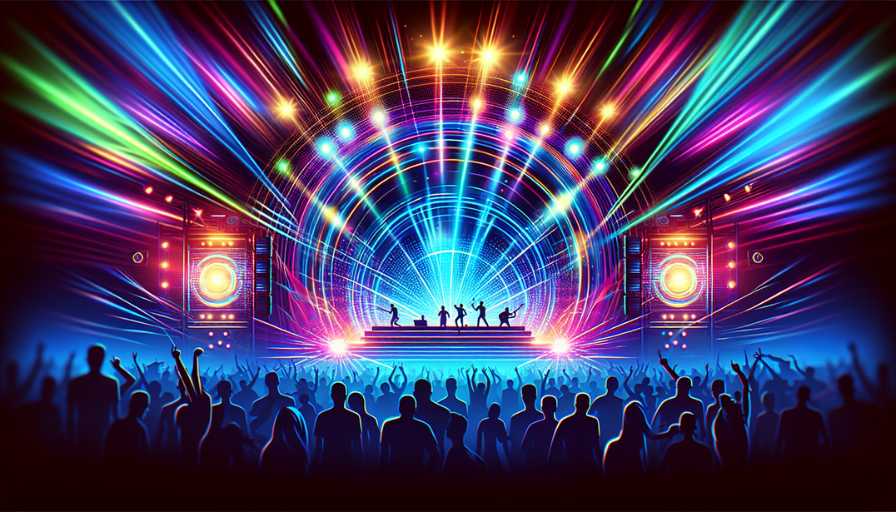
The Impact of Technology on EDM Evolution
The EDM Community: Culture, Lifestyle, and Controversies
Summary
Frequently Asked Questions
What is the origin of EDM?
How is EDM produced?
What are some popular EDM genres?
How have technological advancements influenced EDM?
What is the EDM community like?
About the Author
Max Porcelli
Steinberg Certified Trainer, DJ, and Producer with 29 years of experience. He owns 989 Records, an Electronic Music Label based in Italy. Every Saturday he hosts an exciting Radio Show called 989 Records Radio Show on air on Patchouli Deep Radio, London.
Write your awesome label here.

